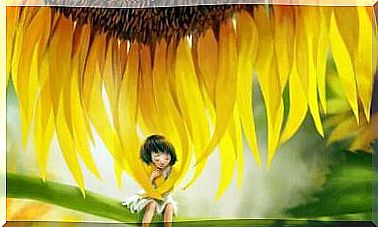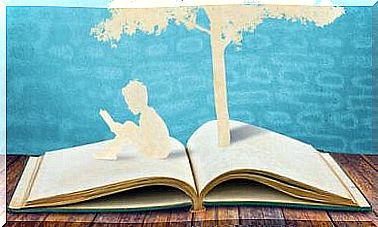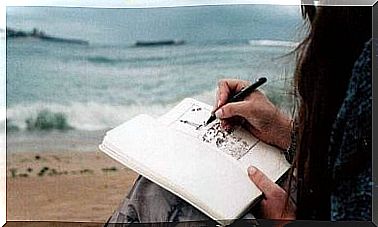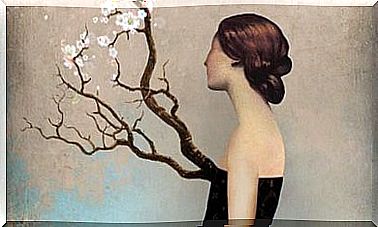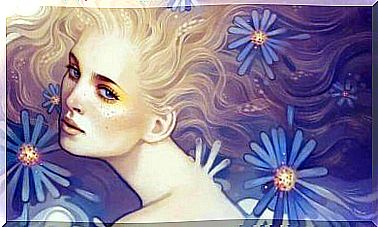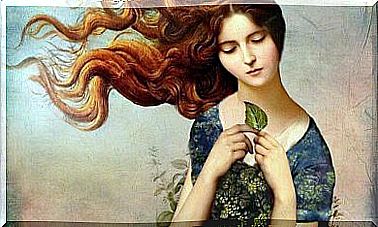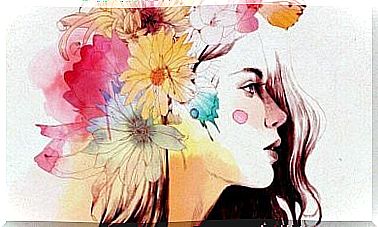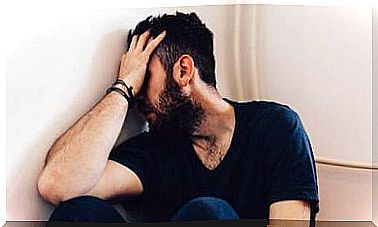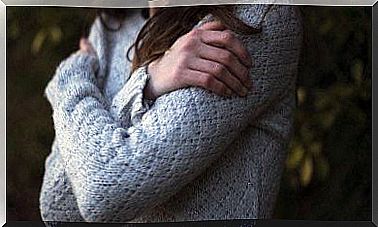The 7 Types Of Depression

We can consider that there are 7 main types of depression according to psychiatry, taking as reference the Diagnostic and Statistical Manual of Mental Disorders, DSM-V. This classification, of course, must be understood as flexible and updatable. In many cases, researchers only gather a set of salient features, but they cannot include them all.
One of the main difficulties in psychiatry is related to diagnoses. They have a high degree of subjectivity, as they depend on the psychiatrist’s interpretation of a person’s symptoms. This obstacle increases if it is taken into account that there are several types of depression according to psychiatry.
That said, in this field, a diagnosis must always be seen as provisional, that is, it may be subject to further adjustments. It is with the observation and follow-up of each case that a definitive diagnosis can be established. Anyway, it is convenient to know what are the main types of depression according to psychiatry.
Main Types of Depression We Should Know
1. Major depressive disorder
It is the typical form of depression. Depression as a disorder in its strict sense. It is also the form of this disease that concentrates the greatest number of symptoms. Its main characteristic is that the person shows extreme apathy towards the world and life.
In the most severe cases, this type of depression leads to what is called a “depressive stupor”. In this case, inactivity takes over almost completely from the person to the point where they can stop eating. In some cases, major depressive disorder is accompanied by delusions.
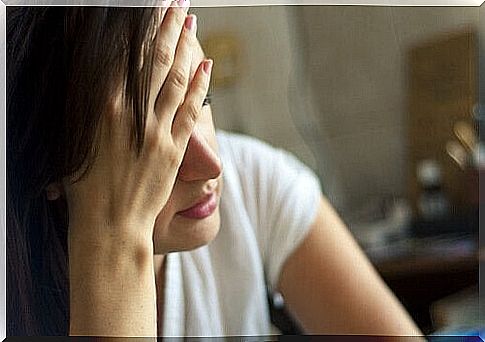
2. Dysthymia
Dysthymia is also known as persistent depressive disorder. It is similar to major depressive disorder, but the symptoms are less severe. However, apathy, hopelessness and the feeling of melancholy persist.
All these symptoms are chronic: they persist for long periods of time without an improvement. Sometimes they stabilize, but it is also possible that they become more acute and lead to deeper depression.
3. Anxiety-depressive disorder
This is another type of depression that is present in a significant number of patients. Its main characteristic is that episodes of depression are mixed with episodes of anxiety.
Symptoms are generally mild. Neither depression leads to states of extreme passivity and renunciation, nor does anxiety lead to severe crises. However, the situation remains in time and, sometimes, the person thinks that this is simply his “way of being”.
4. Atypical depression
It is also known as depression with atypical features. The main difference in relation to major depression is that, in atypical depression, the mood may improve in the face of the occurrence of facts that the person evaluates as positive.
In this type of depression, it is common to have more appetite and more hours of sleep than normal. Those who suffer from this type of depression often report feeling heavy in their arms and legs and saying that they feel rejected by others.
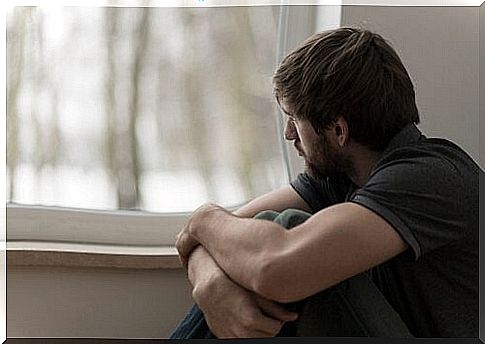
5. Seasonal affective disorder
As the name implies, the main feature of seasonal affective disorder is that it comes and goes with the change of seasons. It usually starts in late autumn or early winter and disappears during spring and summer.
The change between one stage and another is very sudden. There is excessive drowsiness, a constant feeling of fatigue, and carbohydrates become more attractive. Also, of course, there is melancholy, apathy and unwillingness to undertake any activity.
6. Bipolar disorder
Bipolar disorder is similar to anxiety-depressive disorder, but in this case the symptoms are very severe. The stages of depression cause a severe deterioration of mood, with all the necessary characteristics for the diagnosis of major depression.
In turn, anxiety episodes are classified as manic. In them, basically, there is an acceleration in the speed of thought, euphoria, hyperactivity, difficulty sleeping, irritability and tendency to compulsive acts.
7. Cyclothymia
The most characteristic feature of cyclothymia is mood instability. It is similar to bipolar disorder and anxiety-depressive disorder, with two fundamental differences. The first is that the symptoms are milder. The second is that there are also stages of “normality”.
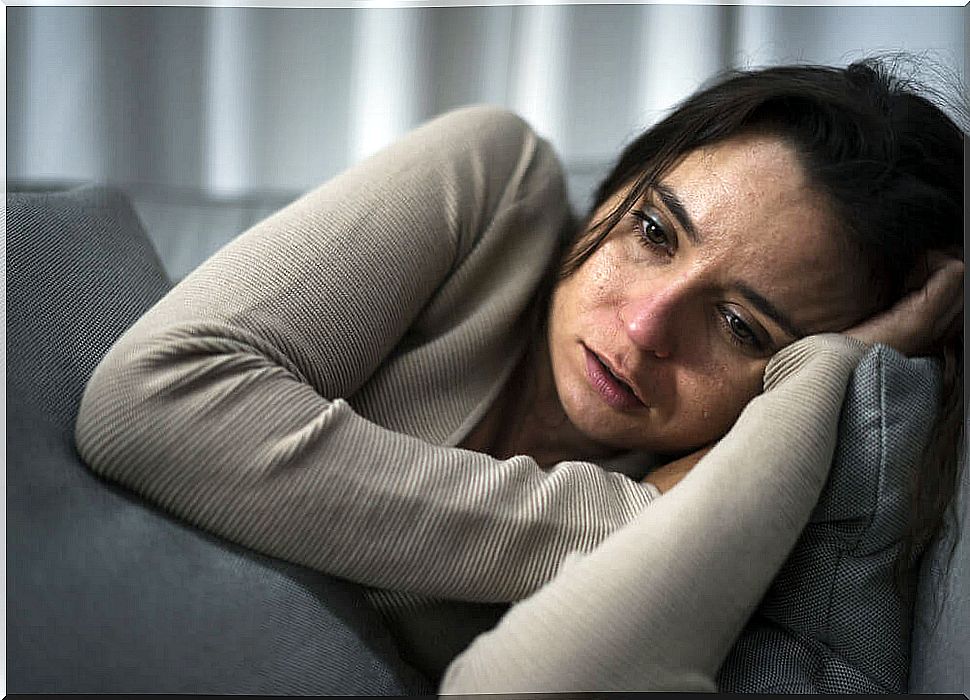
Changes in cyclothymia often go unnoticed. The person becomes a little sadder or a little more manic, without it being too marked. All of this can happen in a very short period of time, a week or less.
As can be seen, the main types of depression according to psychiatry have common characteristics, but also differences. Hence the difficulty that often occurs in the assessment and diagnosis process.
